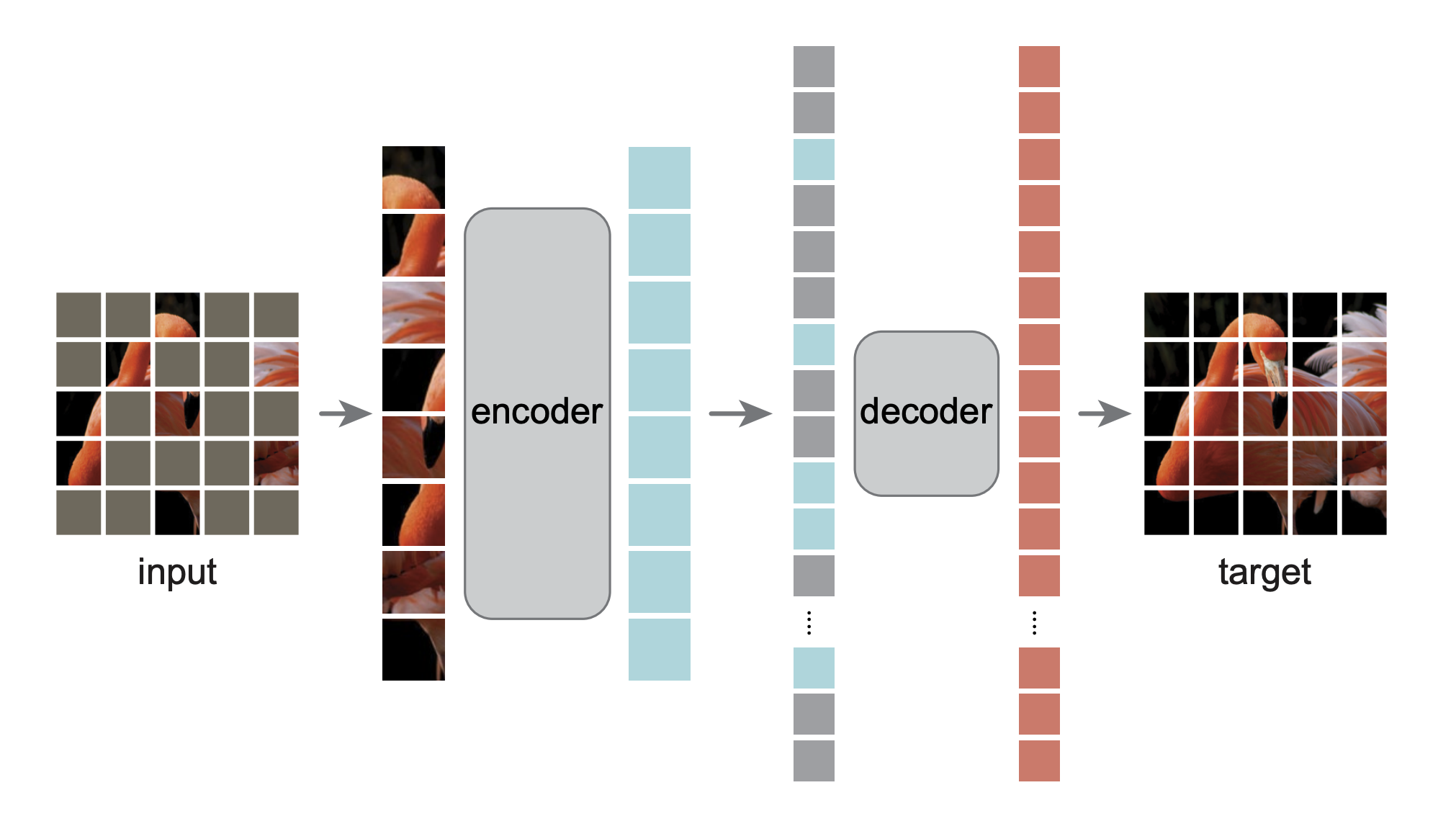- 💨 Diffusion-inspired noise modeling in the embedding space
- 🎨 Alpha blending for high-quality feature-level reconstruction
- 🎲 Random noise injection with controllable
alphaparameters - 🚀 Fine-tuning boosts via integrable, embedding-aware augmentation
pip install torch torchvision
pip install timm==0.3.2
pip install numpy pandas matplotlib
pip install diffusersRun the following command to fine-tune using our enhanced augmentation strategy:
OMP_NUM_THREADS=16 torchrun --nproc_per_node=8 main_finetune.py \
--finetune /path/to/checkpoint-400.pth \
--model vit_large_patch16 \
--batch_size 128 \
--data_path /path/to/ImageNet \
--output_dir ./outputs_pred_alpha_noise_add_embedding_space_noiserandom \
--accum_iter 2 \
--epochs 50 \
--blr 1e-3 \
--layer_decay 0.75 \
--drop_path 0.2 \
--reprob 0.25 \
--mixup 0.8 \
--cutmix 1.0 \
--alpha_blend 15This table reports the fine-tuning accuracy of models pre-trained using Masked Autoencoders (MAE), with and without the addition of DiffNoise.
| Model | Pre-training Method | Top-1 Acc (%) |
|---|---|---|
| ViT-B | MAE | 82.92 |
| ViT-B | MAE + DiffNoise | 83.17 |
| ViT-L | MAE | 84.42 |
| ViT-L | MAE + DiffNoise | 84.61 |
| Argument | Description |
|---|---|
--alpha_blend |
Controls strength of alpha-blending for diffusion-style augmentation (default: 15) |
--reprob |
Probability of random erasing (augmentation regularization) |
--mixup/--cutmix |
Standard image-level augmentation techniques |
--layer_decay |
Layer-wise learning rate decay to stabilize fine-tuning |
This approach enhances robustness and generalization by injecting structured, diffusion-style noise directly into the feature space—offering a powerful alternative or complement to traditional input-level augmentation like Mixup or CutMix.
DiffNoise
Copyright (c) 2025-present NAVER Cloud Corp.
CC BY-NC 4.0 (https://creativecommons.org/licenses/by-nc/4.0/)

